The Elkhorn Mountains’ Majestic Crow Creek Falls
Helena National Forest’s Crown Jewel Comes Full Circle
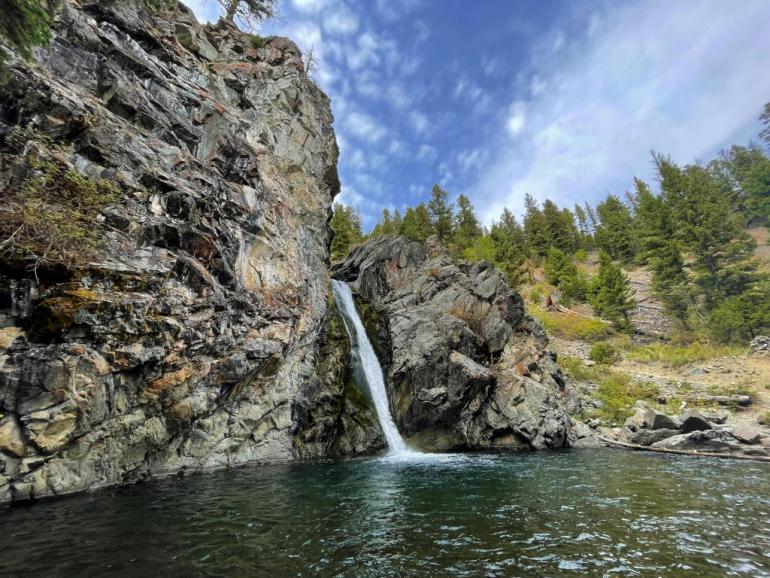
Photo by Holly Matkin
Many devoted outdoor enthusiasts are keenly aware of the captivating tranquility that exists only in the absence of the human species. It is a rare enlightenment akin to passing through a secret gateway, hidden in plain sight, unnoticed by many in the midst of the hustle and bustle of modern life. But every so often, Mother Nature pulls one of us in, dropping the veil between her world and ours, and pushes us to recognize the innate, primal sense of spiritual connectivity that flourishes only in her realm.
The six-mile roundtrip hike to Crow Creek Falls, a 60-foot cascade tucked away in a secluded area of the Elkhorn Mountains near the historic mining boom town of Radersburg, is one such potential portal. After teetering on obliteration for years due to human pursuit of the almighty dollar, Crow Creek Falls has been returned to its natural splendor, much to the appreciation of future generations.
These crossroads with nature are an invitation to step back into an existence humankind abandoned long ago, enkindling unparalleled levels of awareness, appreciation and awe, as well as an insatiable yearning for more.
They are the serendipitous moments that beckon us back into the wilderness time after time.
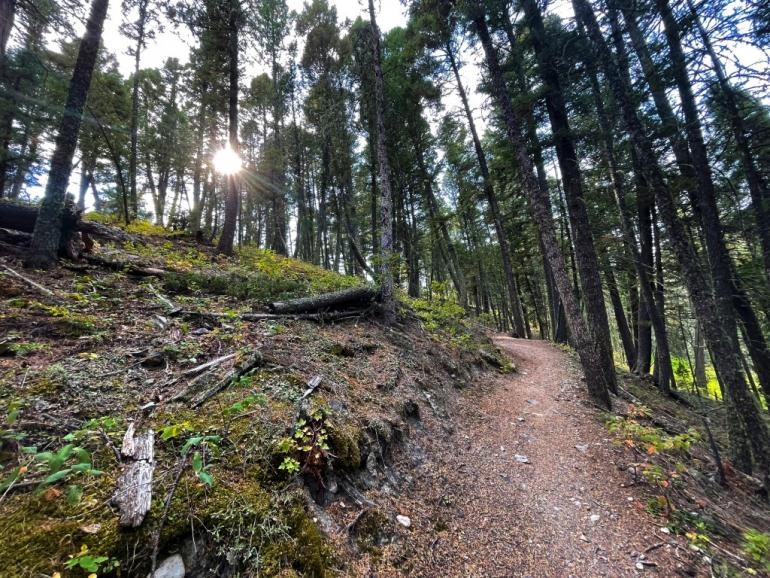
Photo by Holly Matkin
Radersburg: Gateway to Crow Creek Falls
The easiest route to the Crow Creek Falls takes visitors directly through the tiny community of Radersburg, one of the Montana Territory’s earliest boom towns. Located roughly 55 miles southeast of Helena off of U.S. Highway 287, the former stage stop and shipping mecca is currently home to approximately 75 residents, as well as several well-preserved historic buildings.
Founder and namesake Reuben Rader donated 40 acres of his land to establish the original townsite in 1866 as rich mines were being established in the surrounding mountains. By 1869, Radersburg boasted a population of 1,000 residents and had become the seat of Jefferson County due in no small part to the wealth of the mines and the prospectors and businessmen they attracted.
An $18,000 courthouse was soon built in the center of town, as well as a $6,000 local jail facility. A two-story “first-class hotel,” the Freemont, was erected in 1871. The Crow Creek Valley’s rich agricultural resources added to the community’s self-reliance, as well as its ties to one of the largest mining districts in the Montana Territory. Radersburg seemed destined for greatness.
Until it wasn’t.
Radersburg soon suffered a two-punch assault that permanently altered its upward trajectory forever. In addition to a devastating drop in gold prices, the town was snubbed by the railroad, which instead opted to build through the community of Toston 13 miles to the east. Many of the city’s professional residents followed suit, and Radersburg ultimately lost its title as the seat of Jefferson County in 1884. Today, it is part of Broadwater County.
Despite the losses, a core group of determined Radersburg residents clung to their city and continued utilizing and developing the area’s natural resources to build comfortable lives for themselves in the scenic valley.
They erected a Methodist church in 1912, which was dedicated by well-known traveling minister Brother Van Orsdell two years later. The cozy place of worship continues to quietly greet visitors passing by on Main Street today.
The two-story historic Radersburg Schoolhouse, built in 1913, sits just up the street. The stately white building’s large school bell still hangs in the belfry. Although the school closed in approximately 1965, residents have devoted considerable time and resources to successfully re-establish the building as a community center, complete with a historic classroom and displays about the area’s agricultural and mining heritage.
Radersburg was also once home to Chicago White Sox pitcher Cecil Elba “Larry” Duff, who was born there in 1896. Duff, the third Montana-born man to play Major League Baseball, was 25 years old when he made his debut with the team in 1922.
Another notable resident was glamourous Hollywood actress Myrna Loy. Born in 1905, Loy was raised on her family’s Radersburg farm and went on to appear in nearly 130 films from the 1920s through the 1950s. She received an Academy Honorary Award in 1991 for her lifetime career achievements.
Although the city’s story panned out much differently than its founders and initial settlers might have expected, its refusal to succumb to the “ghost town” label like so many other boom towns speaks volumes about those who have made it their home. The collective tenacious spirit of Radersburg’s townspeople—both past and present—remains evident.
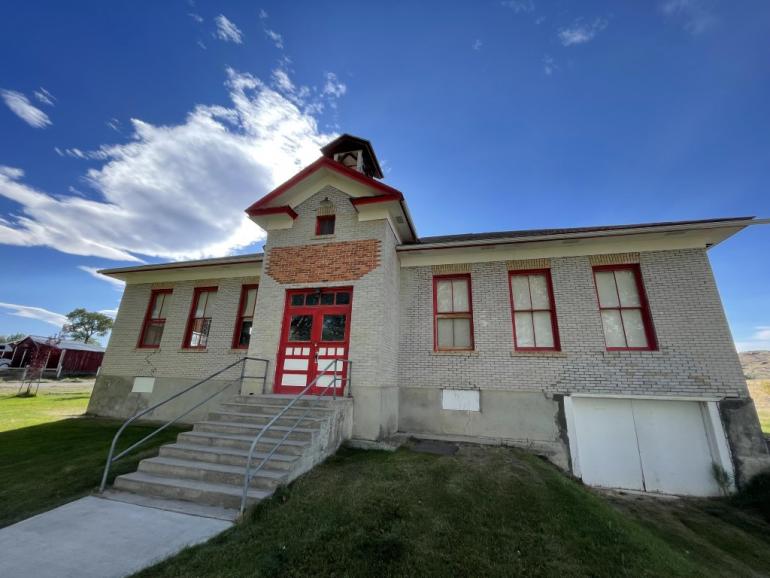
Photo by Holly Matkin
Trekking to Crow Creek Falls
Radersburg’s Main Street becomes Crow Creek Road on the north edge of town, slowly rising out of the valley before cutting a serpentine route deep into the Elkhorn Mountains.
I reached the Jenkins Gulch intersection 13 miles out of Radersburg, then resumed a parallel journey with Crow Creek as I drove northwest along Hall Creek Road. Jump Off Trailhead sat two miles beyond. The marked trailhead is located near a parking area on the right side of the roadway, high above the creek. The drive to the trailhead is also dotted with multiple campsites and fishing access opportunities.
The trail began at the edge of a clearing and immediately descended into a short series of undemanding switchbacks. Hall Creek and Crow Creek wound through the valley below and both were pleasantly navigated in quick succession via two sturdy footbridges.
This area—minus the footbridges—was once the fertile hunting grounds of the Crow Indians, who also used Crow Creek as a freshwater source. According to Radersburg Historical Preservation Inc., a local nonprofit organization, researchers and outdoorsmen have located multiple tipi rings, bison jumps, and various other Native American relics throughout the area. It wasn’t difficult to envision the skilled hunters stalking their prey through the lush undergrowth as I skirted the creek’s edge beneath the forest canopy.
The softness of the earth along the creek gave way to the crunching of brittle, time-worn grains of weathered rock shifting beneath my boots as I started a short-but-steep climb out of the Crow Creek drainage approximately 1.4 miles from the trailhead. The trail crested in a high meadow flanked by towering pines, passing breaks in the trees that gave way to sweeping views of the dense forest sprawled out below.

Photo by Holly Matkin
Up until fairly recently, this portion of the route was a U.S. Forest Service (USFS) roadway that was illegally expanded in 1981 by Robert Lynn, the now-former owner of Crow Creek Falls. At the time, the falls were part of the Hawkeye Placer, a 20-acre mining claim established in 1924 under the General Mining Act of 1872.
The claim changed hands many times over the decades until Lynn, a miner from Columbia Falls, purchased the land, USFS Biologist Jodie Canfield explained in a 2004 article titled, “The Crown Jewel Comes Home.” By that time, the USFS had already banned the use of motorized vehicles in the sections of the Helena National Forest surrounding the claim.
Although Lynn filed for permits to divert the falls and to blast a road to his mining site, he grew impatient waiting on the government to render their decisions and ultimately took it upon himself to proceed with his plans without their approval. In addition to building the road, Lynn used dynamite to blast a hole into the rock beside the top of the falls and diverted the creek through the hole via a head gate.
Lynn was arrested and fined numerous times in the years that followed due to his flagrant disregard of the law and various court orders against him. The claim never produced the golden jackpot he’d had his heart set on, leaving him desolate and unable to pay his debts by the time 1990 rolled around.
Local citizens banned together in the decade that followed to raise awareness about the decimated falls in an effort to gather funds to restore the land and to turn it over to the USFS. The American Land Conservancy (ALC) purchased the site in 2002, paving the way for Lynn’s old mining equipment to be hauled out. Within two weeks, the team of local and government workers transformed the area from a desolate junkyard into an oasis befitting of the falls’ “crown jewel” moniker.
Helena National Forest purchased the 20-acre parcel from the ALC two years later.
The story of Crow Falls’ recorded history resonated in the back of my mind as I descended the steep final quarter-mile of the trail and set my eyes on the cascade for the first time. The water tumbled over the edge of the towering cliffside, catching slivers of sunlight and tossing out a glittering spray as it broke over the rocks and plummeted into the emerald pool below.
Just as I was beginning to believe this enchantingly pristine section of the universe could have never looked any different than it did at that moment, I spotted the darkened mine entrance scarring the mountainside near a massive rock cairn situated beside the rushing water.
Humans had been here after all, and some wounds don’t heal without leaving a mark.
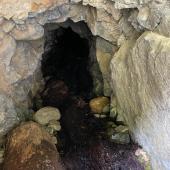
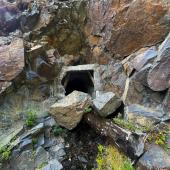
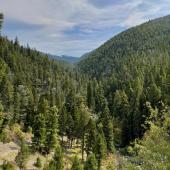

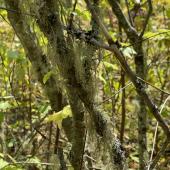

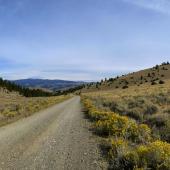



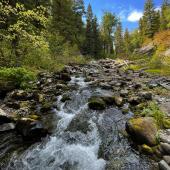
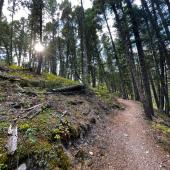
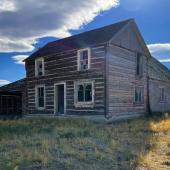
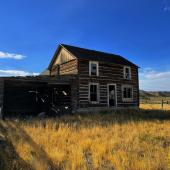
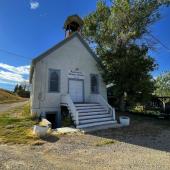


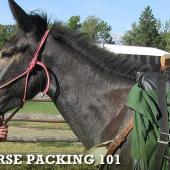
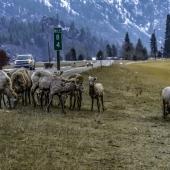


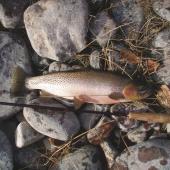

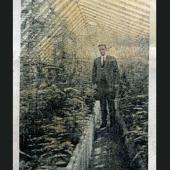
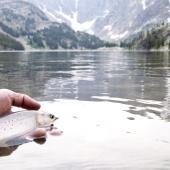

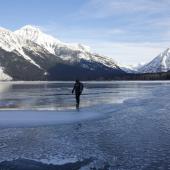
- Reply
Permalink